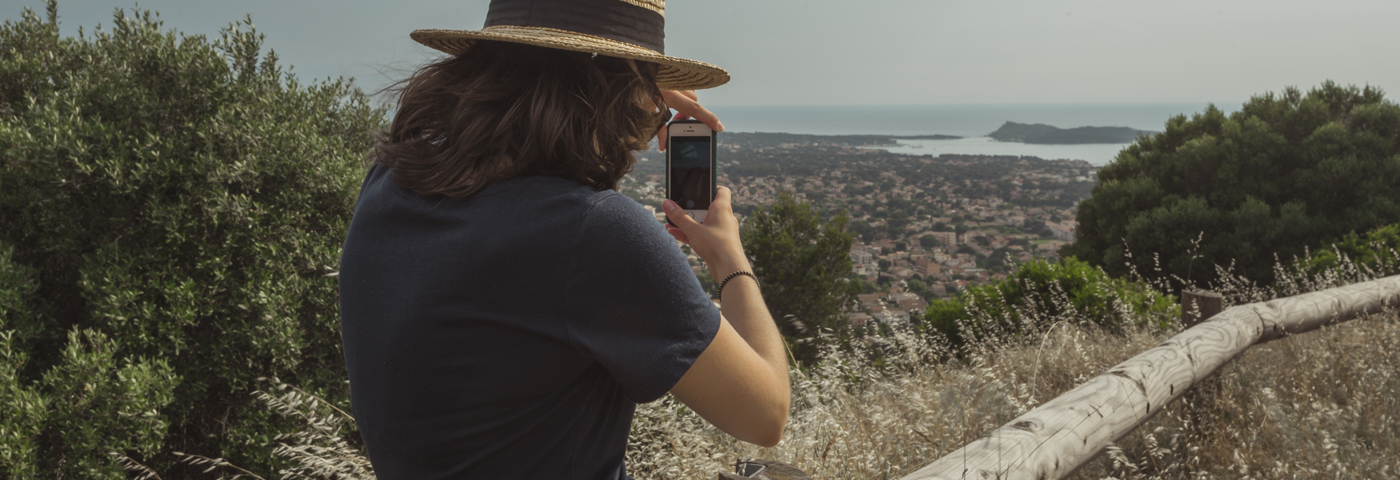England had its hottest summer ever this year, while the UK as a whole equalled previous highs set since records began in 1910.
The heatwave lasted 46 days, from June 22 to August 7, with temperatures topping 35˚C. The news was dominated by drought, hosepipe bans, wildfires and crop failures. Indeed, I set a personal best record in wearing shorts from May into October.
Whilst it wasn’t much fun for farmers, the weather was wonderful news for Britain’s tourism business –or so you would think. However, this isn’t necessarily so. Figures released this week by Visit Great Britain add weight to a growing suggestion that the summer of 2018 benefited the coast at the expense of inland destinations – and that social media had a part to play.
The Visit GB figures show that day trips across the country between June and August actually fell – and fell sharply, from 502m last year to 467m this.
That meant that tourism businesses in Britain lost £150m this summer – and it’s part of a longer-term trend. Since 2013, the value of tourism day visits taken in the three summer months has fallen by a whopping £3bn, to £16bn.
Emerging data suggests that inland destinations may have taken the brunt. At a meeting of independent accommodation providers in Bath last week, there was talk of AirBnB’s impact and the opening of several chain hotels. “Surprisingly perhaps, considering how busy Bath is and strong incoming tourism numbers, they have had a tough year,” said one observer.
In North Dorset, accommodation providers from glamping to B&B owners were also tallying up season-end figures and reporting that this summer was, at best, “patchy.” Tough? Patchy? In the hottest summer on record?!
East Anglia, South Wales, Cornwall and other beach destinations have all done well, however. The heatwave prompted a lot of last-minute decisions to book a beach break when it became clear the weather was here to stay.
And it could be said that social media helped switch families away from a country break to the sea. In August, ‘heavy social media promotion’ was blamed for traffic gridlock heading to Pothcurno Beach and Kynance Cove in Cornwall. Visit Cornwall appealed for people to stay away, also pointing out that AirBnB had added 20,000 beds to add to the overcrowding.
A social media image on Instagram on July 27 of Pedn Vounder beach also contributed to Cornwall’s overcrowding this summer. The pic was followed by blog posts and a blogger rush to the south-west – resulting in headlines including: ‘How the hunt for Cornwall’s Caribbean bought a village to a standstill’.
It was the speed of an image, or blog post, creating a stampede to small beaches that created the headlines. But holidaymakers were ready for adventure: the events in Cornwall happened in early August, when schools had broken up and appetites for beach holidays had been whetted by two months of unbroken sun.
The Instagram image, and localised social media promotion of two beaches which featured in Poldark, created spikes of excitement, as discussed in a Guardian article which also highlighted social media’s role in driving visitors to the Fairy Pools on Skye, Scotland.
The exceptional weather and rush to the coast may have been a one-off at the expense of inland tourism. It may be that daytrip tourism, where you spend as much time in a car as in a crowded destination, is declining long-term. The impact of AirBnB has also yet to be quantified.
But while trends take time to emerge, the rapid influence of social media in Cornwall in general, and some beaches in particular, has been another lesson in its power. Perhaps North Dorset and Bath need to learn from that.


